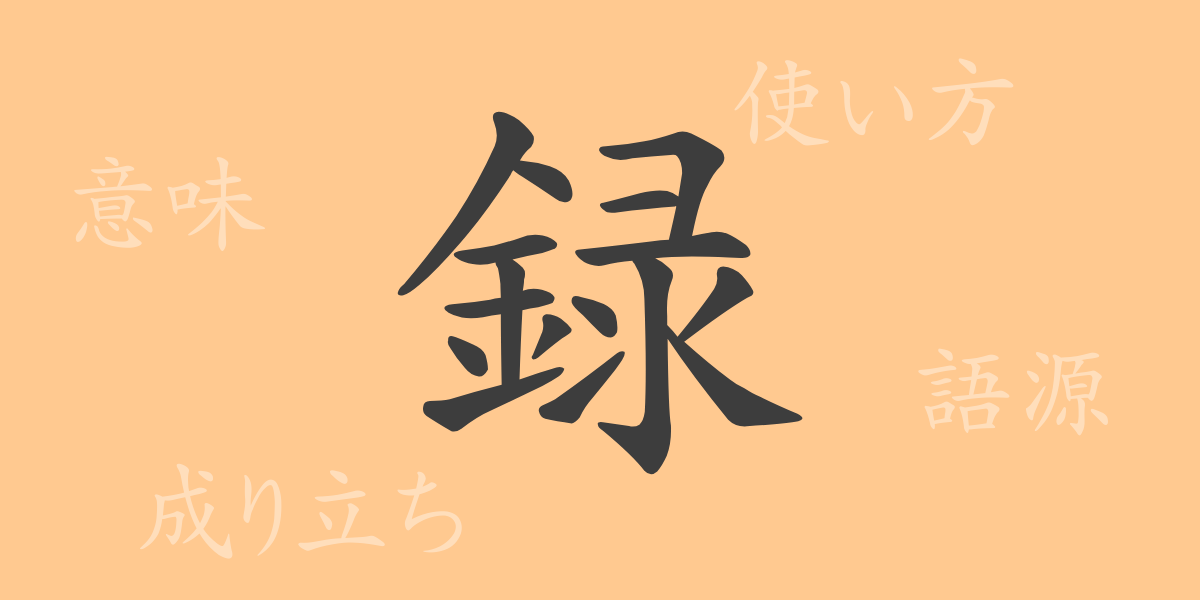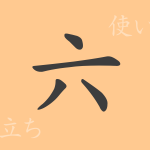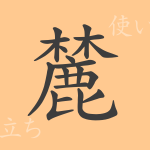Kanji, which symbolizes the beauty and complexity of the Japanese language, holds a special place. Among them, the kanji “録” (roku) is frequently used in daily life, yet opportunities to deeply understand its history and connotations are surprisingly rare. In this article, we delve into the origins of “録” (roku), its meanings and uses, readings and stroke count, as well as idioms and phrases containing “録” (roku), to uncover the full scope of this kanji.
Origins of 録 (roku)
The kanji “録” (roku) is composed of the radical “金” (kin), meaning metal, and the phonetic component “彔” (roku). In ancient China, documents were sometimes inscribed on metal, and “彔” (roku) originally referred to carving wood, which came to mean writing documents. This combination led to the meaning of recording information by inscribing it on metal, making “録” (roku) a kanji associated with concepts like recording and registering.
Meanings and Uses of 録 (roku)
“録” (roku) means “to record” or “to register.” Depending on the context, it can be used in various scenarios such as public records, database entries, or recording audio and video. Additionally, in the form “録取” (rokushū), it refers to the recording of legal documents or testimonies.
Readings, Stroke Count, and Radical of 録 (roku)
The kanji “録” (roku) has multiple readings that reflect its form and rich meanings.
- Readings: The on’yomi (音読み) is “ロク” (roku), and the kun’yomi (訓読み) are “しるす” (shirusu) and “とる” (toru).
- Stroke count: It has a total of 16 strokes.
- Radical: The radical is “金” (kanehen).
Idioms, Phrases, and Proverbs Using 録 (roku) and Their Meanings
There are numerous idioms, phrases, and proverbs containing “録” (roku), each with its unique connotations. For example, “記録” (kiroku) means to record events in documents or data, “登録” (tōroku) means to officially add names or information to a list, and “録音” (rokuon) refers to saving sound onto a medium. These expressions are important words used in everyday life.
Summary of 録 (roku)
The kanji “録” (roku), as its form suggests, is deeply related to acts of recording and registering. As a common kanji in everyday use, understanding its history and meaning can deepen our appreciation of the language. Mastering expressions that use “録” (roku) is a step towards richer communication.

























